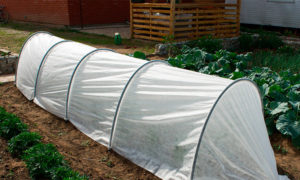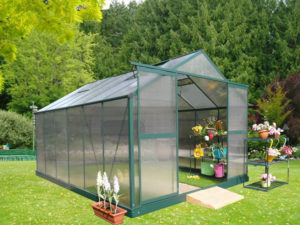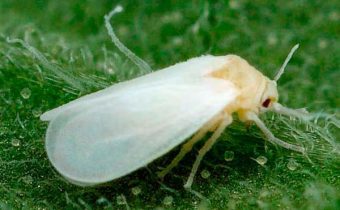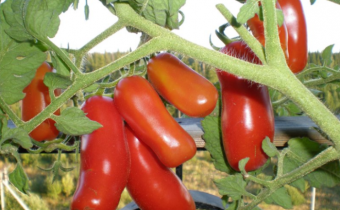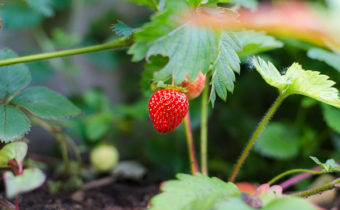Hotbed Snowdrop do it yourself
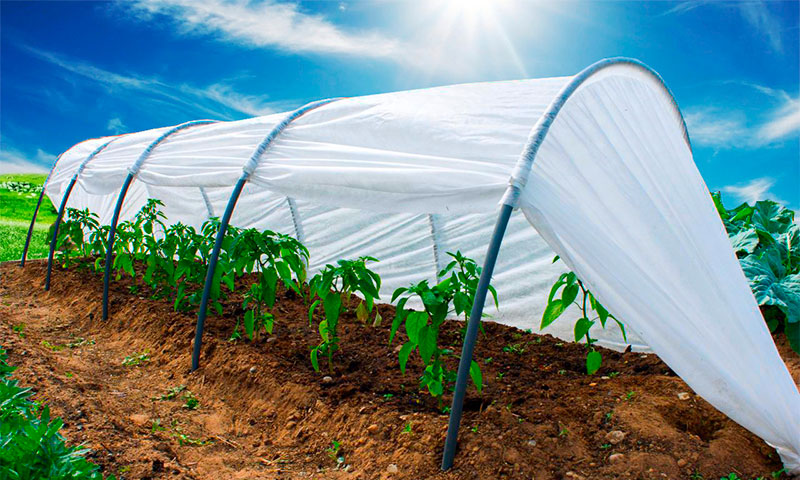
In the factory configuration, the greenhouse “Snowdrop” is a compact and corrosion-resistant building. Its width is 1.2 m, and its length varies from 4 to 8 m depending on the model. The maximum height of the construction made of HDPE pipes is 1 m.
Non-woven type “Suf-42” is used as a coating. It does not pass UV and provides thermal insulation of seedlings. Green areas do not suffer from a lack of moisture and fresh air, which favorably affects the yield.
Advantages and disadvantages
Compact greenhouse provides free access for the gardener to seedlings. In a harsh climate, the soil heating system is installed inside. As an additional measure, units are used that allow heat to be retained.
| Merits | disadvantages |
| Will keep heat inside at t - 4-6 C. | High windage. |
| Increases yield. | Low height - not suitable for tall crops. |
| With a sharp drop in t outside, inside the greenhouse conditions remain stable. | Minor width. |
| The design can be installed in regions with harsh climates. | |
| Does not allow penetration of pests and birds. | |
| There is no need to create aisles to gain access to the plants. | |
| There is no need for excessive soil compaction. | |
| The design can be used as a temporary shelter for greenery. | |
| Minimizes the risk of infecting seedlings. | |
| There is no need to often ventilate the room. | |
| You can carry out planting plants at t 0 + 3 C. | |
| Optimum heat exchange. | |
| The natural level of humidity. | |
| Affordable price. | |
| Easy installation and maintenance. |
The plots on which the greenhouse is installed should not abandon the greenhouse. It is used for the initial planting of greenery.
Performance specifications
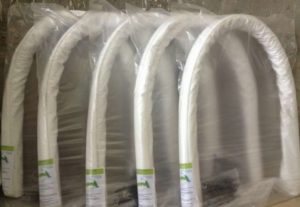
The frame is made of ecological material. Wear-resistant polymer arcs are resistant to the long-term effects of the vagaries of nature. The base is fixed to the ground with a peg. Enough to bury them in the ground and fix. Foundation installation is not required. Fixation of the coating to the arcs is performed using sewn pockets, which provide a greater level of strength.
Build a greenhouse with your own hands
The starting point will be the drawing. It can be downloaded online or made independently, if the gardener has experience in the field of design. For a small garden plot suitable design, the length of which ranges from 4 to 6 m. The next step - the purchase of agrofibre spunbond. You can find it in the shop of goods for gardening.
Fiber performance
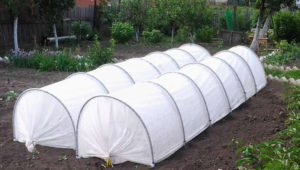
The basis of the greenhouse - agrofibre, the density of which is 42 g / m2. The material forms a sufficient level of shade, but does not reduce the natural amount of sunlight. Other characteristics of the coating are as follows:
- water does not linger on its surface;
- watering can be done on top of it;
- maintains frosts to-5 C;
- warranty period of use: 5 years;
- does not provoke an allergic reaction;
- washable material;
- contains SUF-stabilizer to improve performance;
- the material will withstand a shower - in the case of prolonged wetting the fabric does not become heavier.
If the purchased agrofibre is not wide enough, the problem can be solved as follows. Take narrow strips and stitch them into a new canvas. To avoid such problems can be at the design stage. In the plan lay a little more (15-20%) of the material than necessary.
We collect greenhouses from arcs
Greenhouses, collected from the arcs and canvases of covering material, are widespread in almost all…
Structural Design
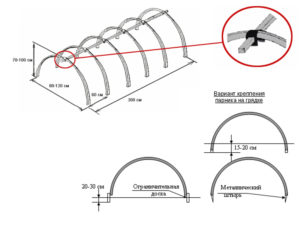
They are based on arched tubes. They are made of polyvinyl chloride. It is advisable to immediately purchase couplings that fit the size. In the absence of tubes, they are replaced with hazel branches. In terms of fixing the same height for all arches, otherwise the coating sags. The desired shape of the arches can be given without the use of additional tools, which simplifies installation. To create a snowdrop "Snowdrop" will need the following details:
- 1 roll of agrofibre (or film);
- 20 pieces of clips for fixing agrofibre on arcs;
- 7 arches with a diameter of 20 mm - arcs should always be 1 more than the length of the blade;
- pegs for pipe ends - take 2 more than you need.
Completes the list of necessary tools - agroscotch.
Manufacturing steps
For the work you will need a hacksaw, construction tape, shovel and scissors. The recommended distance between the arcs is up to 1 m. It cannot be exceeded, otherwise the coating will sag or tear. In the folds left on the material, gently thread the tube. Their diameter is 20 mm. The next stage is fitting the tubes into pegs made of reinforcement. The latter should already be concave in the ground. The following procedure is as follows:
- the selected area is free from foreign objects and wild vegetation;
- plot line;
- the bottom of the future greenhouse is laid with straw-covered branches to ensure uniform drainage;
- a layer of fertile soil is poured over it;
- Clips are fixed on the arc so that they can be moved to ensure uniform ventilation;
- arrangement of a separate entrance is not required;
- Spunbond and arcs are fixed in the lower part of the structure, otherwise long strong gusts of wind will tear the coating;
- pipes and arches drive 1/3 of their length into the ground;
- I fix the agrofibre at the bottom with the help of loads - bricks sprinkled with earth.
The greenhouse is positioned so that it receives the maximum amount of natural light. The second requirement is to ensure constant air circulation. If the site has a hill, then there it is necessary to build it. Geographically, a greenhouse is located along the east-west line.
Greenhouses and greenhouses - what's the difference?
Answer the question, what is the difference between a greenhouse (stationary) and a greenhouse (seasonal), is possible only after consideration ...
Terms of use and maintenance
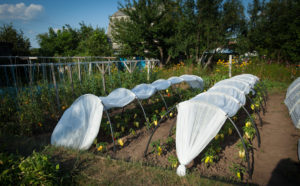
In winter, the design can not be used. Even with minor frosts, fabric and arcs are subject to destructive effects. It is recommended to disassemble the greenhouse and store it indoors. It does not take much space. The second recommendation prescribes washing agrofibre once a year. To perform the task suitable washing machine. Gardener sets the "delicate mode." Other recommendations for the care of a greenhouse are as follows:
- fixation of the canvas on the arches is carried out only with the help of clips;
- if the gardener uses sharp objects in the greenhouse, then be careful, otherwise the fabric will be damaged;
- plot, where they plan to install a greenhouse, dig up and moisturize after and before installation.
The warranty service life of the structure ranges from 4 to 5 years, but the gardener should not relax. If damage is noted on the arcs or the cover, a replacement should be carried out immediately.
Reviews
Yaroslav
Based on my own experience I will say this.Need to take 6 m pipe. The span length will be about 1.9 m, and height - 0.8 m under the ridge. For work the ridge bar and arches which I band up with a wire will approach. She holds stronger than agroscotch.
Vitali
Even before the installation of the greenhouse, I heard a lot of negative statements about the insufficient strength of the frame. Problems arise, as I later understood myself, due to blunders at the construction stage. The first is not sufficiently tight arches in the ground. The second one is that they forget to soil and water the soil, and again ram it.
Greenhouse "Snowdrop" is used for seasonal cultivation of low-growing crops. Inexpensive, mobile, easy to maintain and install the unit provides quick access to seedlings. To ensure the durability of the design will help properly designed plan. It takes into account the length and width of the building. The second requirement is to provide a step between the arches of 1 m. After the installation of the base and material is completed, the latter is additionally fixed with stones.

